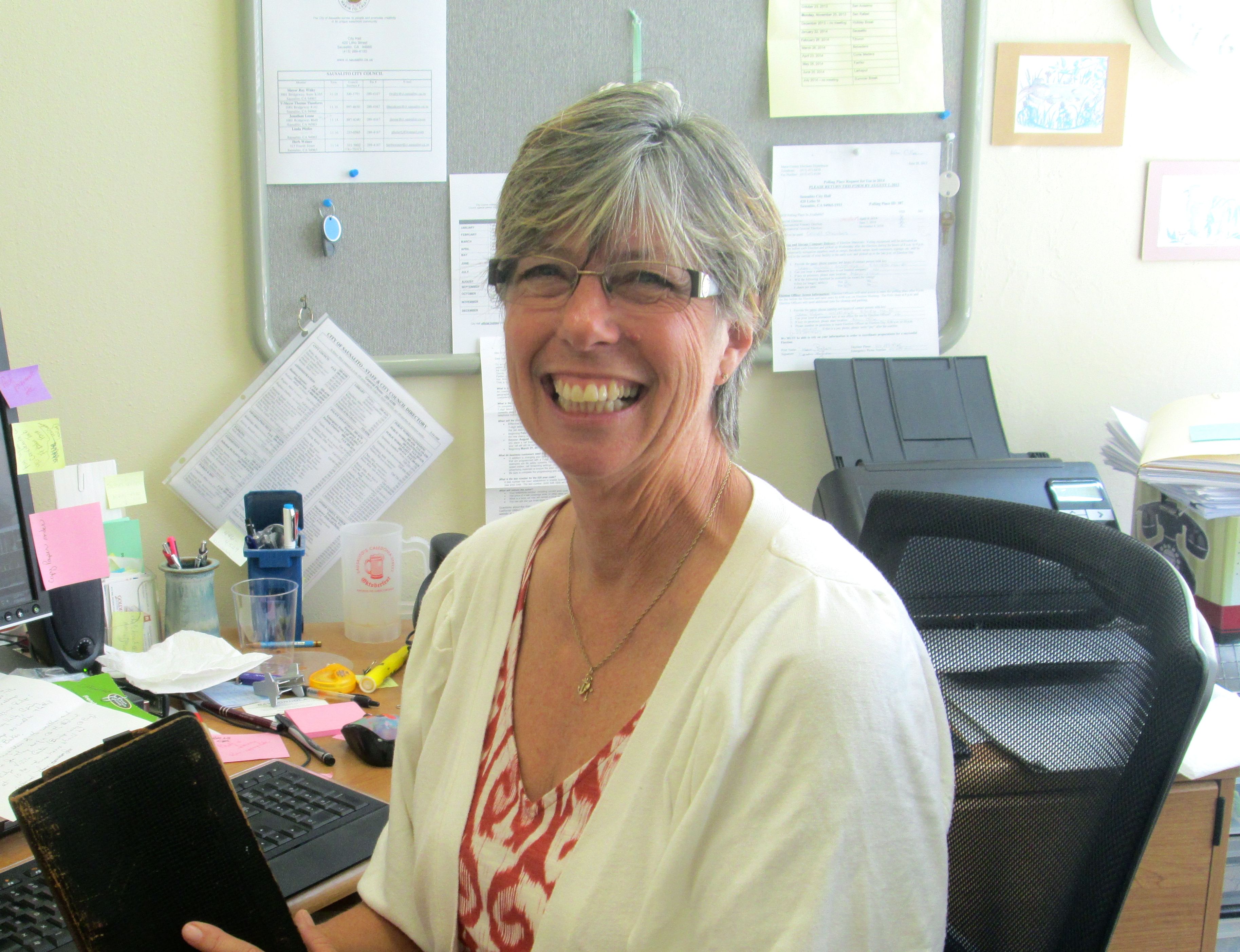James Herbert Madden Senior: A Sausalito Original
 Thursday, December 4, 2014 at 12:42PM
Thursday, December 4, 2014 at 12:42PM By Roger Brindle
Part I
Herb Madden Sr. was a man of many skills and roles and paradoxes. He started as a skilled Boatwright, claiming to have been a foreman on the building of Jack London's "Snark". He helped run a successful delivery business to Sausalito in the early teens (pre GG Bridge) of the last century. In 1915 he bought land on the Sausalito waterfront and, with his brother, founded what later became Madden and Lewis, one of the largest wooden boat-building firms in Sausalito history.
In the early 1920s he was elected to the City Council and by 1925 was Mayor of the town for the first time. The 20s were the decade of prohibition and Herb Sr. managed in that same year to be both building patrol boats for the Treasury agents who were attempting to enforce prohibition, and indicted for running rum. By the late 1920s he wound up in prison for rum running. He was supervising a large landing of booze in Moss Landing when his party was raided by Treasury agents. Unfortunately, one of the rum-runners fired a shot in the ensuing melee and killed one of the T-men. When the government wanted Herb to turn state's evidence and name the shooter, Herb refused and went to prison for three years. He was pardoned by President Hoover in mid-1932, even before prohibition ended in 1933.
Herb Sr. was Mayor again by 1937 when Sausalito was excited about the opening of the Golden Gate Bridge. He presided over the opening ceremonies and, over the next three years, led the efforts to deal with the implications of increasing auto traffic through Sausalito: improving paving, lighting, adding sidewalks. He also began to advocate for a small boat harbor in Sausalito. One of the implications of the new ability of commuters to take their cars to work over the bridge was the eventual abandonment of the ferry and rail service of the Northwestern Pacific, which had been the largest business in town up until 1941, when both services were abandoned.
The City Council had been unable to organize the effort to build a small boat harbor by 1941. When Herb was offered a prime piece of NWP land along the waterfront by the president of the NWP, he jumped at the chance, raised $50,000 of private capital and began building the first harbor. It took quite a while to build the Sausalito Yacht Harbor, partly because the coming of the war put a lot of pressure on Herb Sr.'s boat building business. The yard was turning out lots of large craft for the US government, New Zealand, etc., its labor force tripling during the war years. But there was also the disturbance of local waters because of the building of Marinship, which turned out 92 capital ships during the war. The dredging for the channel up Richardson's Bay to Marinship and the huge basins needed for turning the large ships after launching meant that a lot of spoils were dumped off Sausalito, creating "Bechtel Island". By 1944 Herb Sr. had hit upon the idea of buying old derelict wooden lumber schooners, scuttling them in a line on the East end of the harbor, burning them to the waterline, then using the spoils from the dredging for Marinship to fill in and around the hulks. The big fire was on the night of Nov. 14, 1944. This process created the finger of land known as Spinnaker Point today, which provided a sorely needed breakwater for the harbor from SW storms and surge from great storms in the Pacific. The harbor was built with a borrowed pile driver from the Anderson Cristofani yard in SF where Herb Sr. had apprenticed, using logs that were left over from the 1939 World's Fair and materials wherever Herb could find them. It took a long time, but today the SYH is 600+ berths, one of the largest harbors in Sausalito.

Herb Madden Sr., boat builder and more.
Photo courtesy of Sausalito Historical Society



